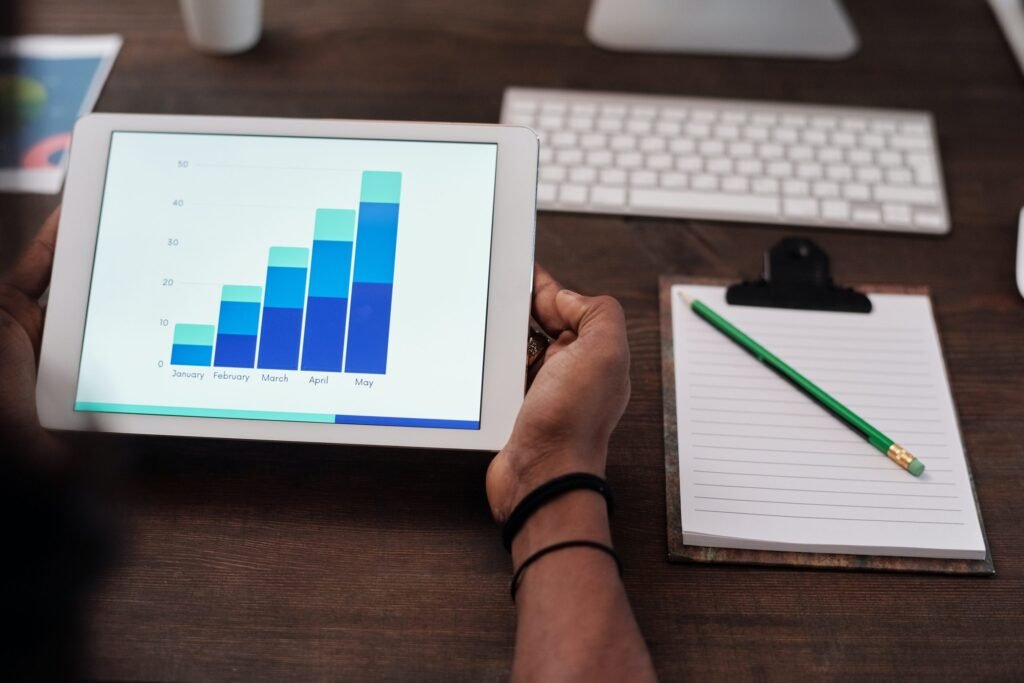In the digital age, data is king, and understanding the analytics behind your online presence is crucial for success. LinkedIn, the world\’s largest professional networking platform, provides valuable analytics that can offer deep insights into the performance of your profile and content. By leveraging these analytics effectively, professionals and businesses can make data-driven decisions to optimize their presence, enhance engagement, and achieve their networking and marketing goals. In this article, we\’ll explore the significance of LinkedIn analytics and how to utilize them to optimize your profile and content for maximum impact.
1. Accessing LinkedIn Analytics
Before diving into the data, it\’s essential to know how to access LinkedIn Analytics. If you have a LinkedIn Company Page, you can access your analytics by navigating to the \”Admin Center\” and selecting \”Analytics.\” For individual profiles, LinkedIn offers limited analytics accessible through the \”My Dashboard\” section, which provides insights into profile views, post reach, and engagement metrics.
2. Profile Performance Insights
LinkedIn analytics provide valuable information about your profile\’s visibility and engagement. You can view the number of profile views over a selected timeframe, understand the industries and locations of your viewers, and track how they found your profile (e.g., through search results or direct links). Understanding these metrics can help you identify areas where your profile is thriving and areas that may require improvement.
3. Engaging Content Analysis
LinkedIn analytics offer a treasure trove of information about the performance of your content, such as articles, posts, and videos. You can analyze the reach and impressions of your content, track engagement metrics like likes, comments, and shares, and identify the demographics of your content\’s audience. These insights are invaluable for refining your content strategy, focusing on topics that resonate with your audience, and increasing your overall engagement.
4. Leveraging Content Timing and Frequency
One of the critical elements in content optimization is timing and frequency. LinkedIn analytics can reveal the days and times when your audience is most active. Use this data to schedule your posts strategically and maximize their visibility. Experiment with different posting frequencies to find the right balance between staying active and not overwhelming your audience.
5. Identifying Top Performing Content
By reviewing the content that received the most engagement, you can uncover patterns and topics that captivate your audience. Use these insights to create more of the content that resonates well with your followers, and consider repurposing successful posts into different formats to extend their reach.
6. Analyzing Audience Demographics
LinkedIn analytics provide demographic data on your audience, such as job titles, industries, company sizes, and locations. Understanding your audience\’s characteristics allows you to tailor your content and messaging to address their specific interests and pain points. It also helps you identify potential clients or partners within your network.
7. Monitoring Follower Growth
Keep a close eye on your follower growth rate over time. A healthy growth rate indicates that your content and profile are resonating with your target audience. If you notice fluctuations or stagnant growth, assess your content strategy and make necessary adjustments.
8. Setting and Measuring Goals
The key to successful optimization is setting clear goals. Define specific and measurable objectives for your LinkedIn presence, such as increasing profile views, engagement, or leads generated. Regularly track your progress and use the analytics to gauge the effectiveness of your strategies.
Conclusion
LinkedIn analytics is a powerful tool that provides invaluable insights into your profile and content performance. By understanding the data, you can optimize your profile to attract the right audience and refine your content strategy to engage and resonate with your followers. Continuously monitor and analyze the data to make data-driven decisions, experiment with different approaches, and fine-tune your LinkedIn presence for maximum impact. Whether you\’re an individual professional looking to expand your network or a business aiming to strengthen your brand, leveraging LinkedIn analytics is the key to thriving in the competitive world of professional networking.

